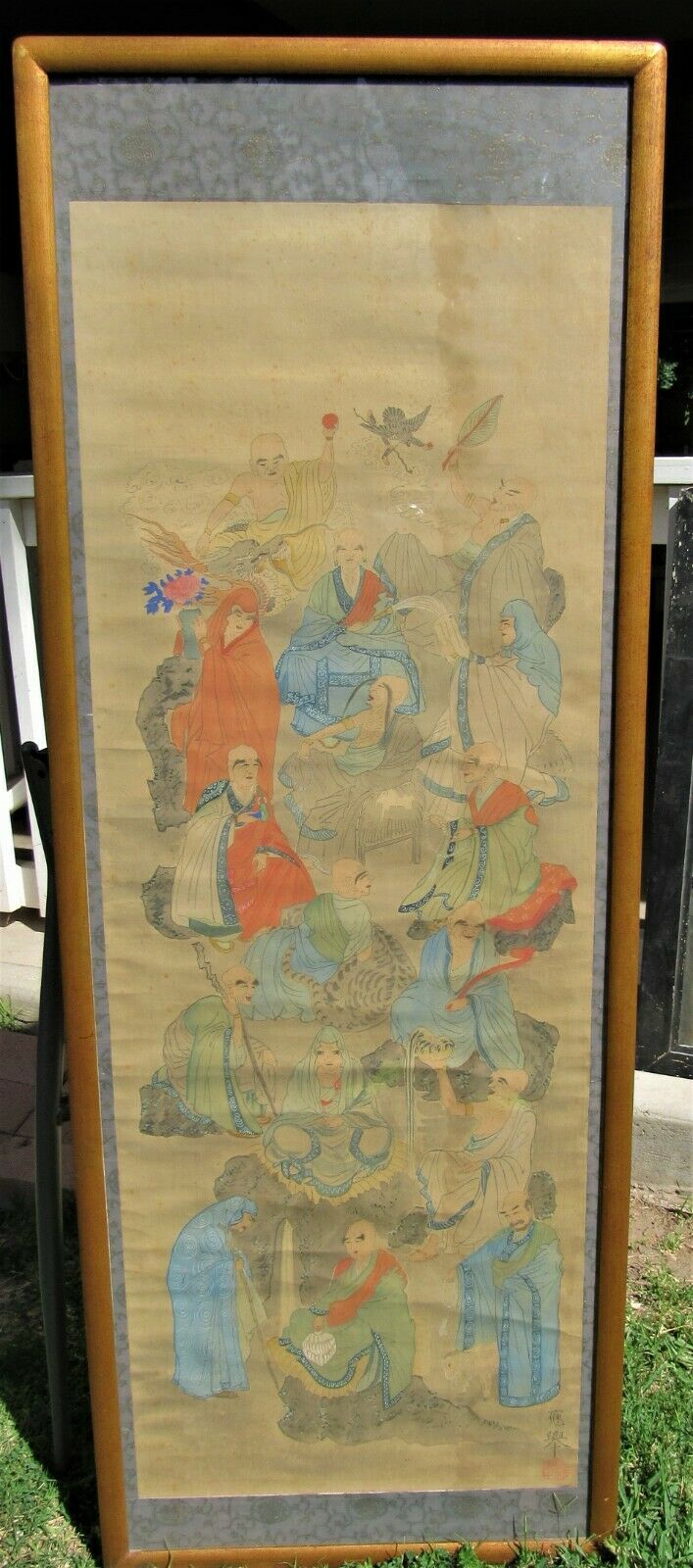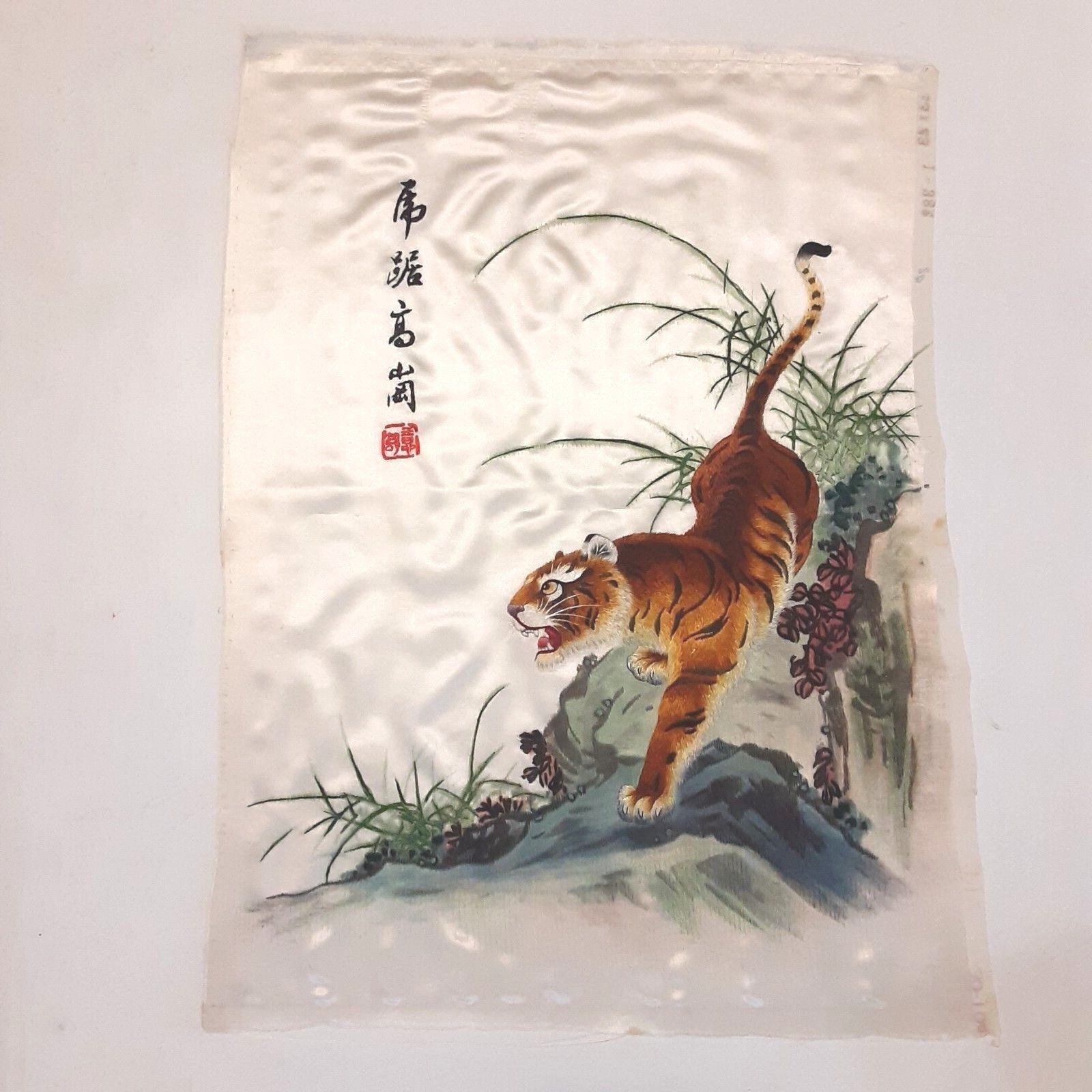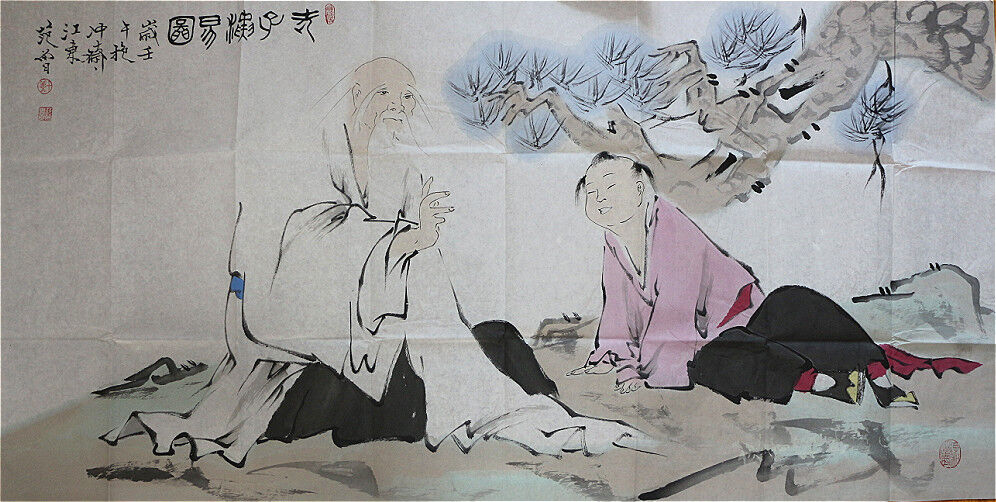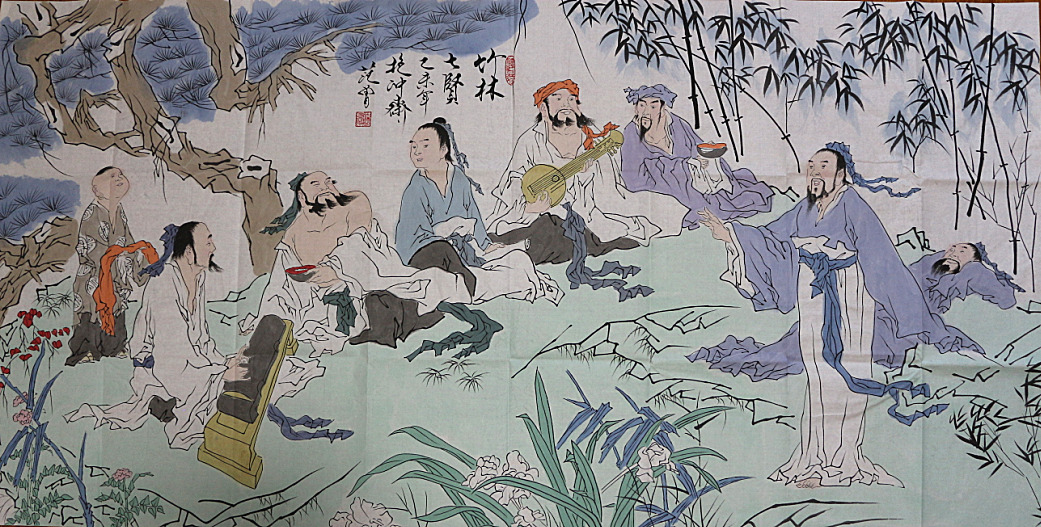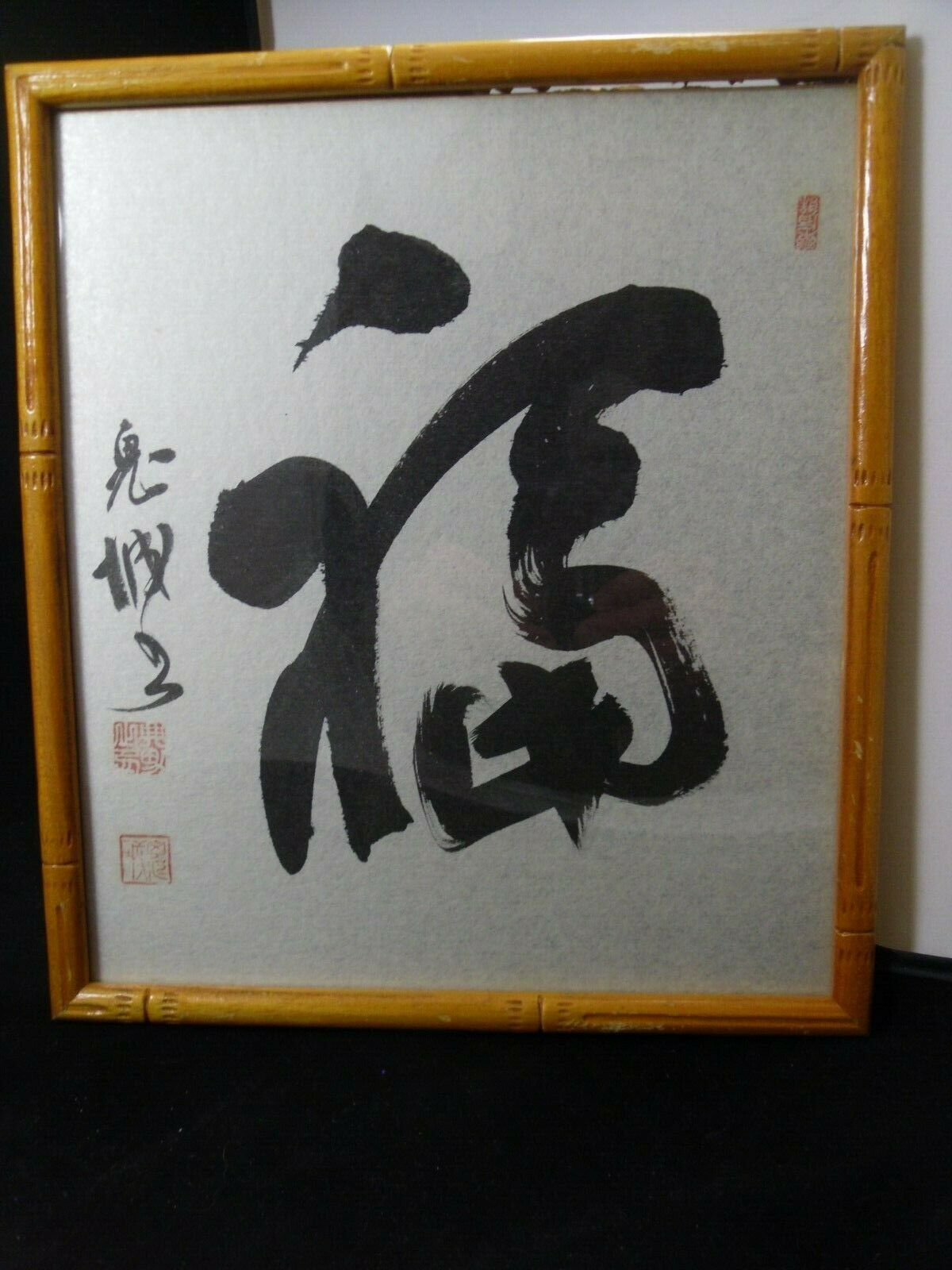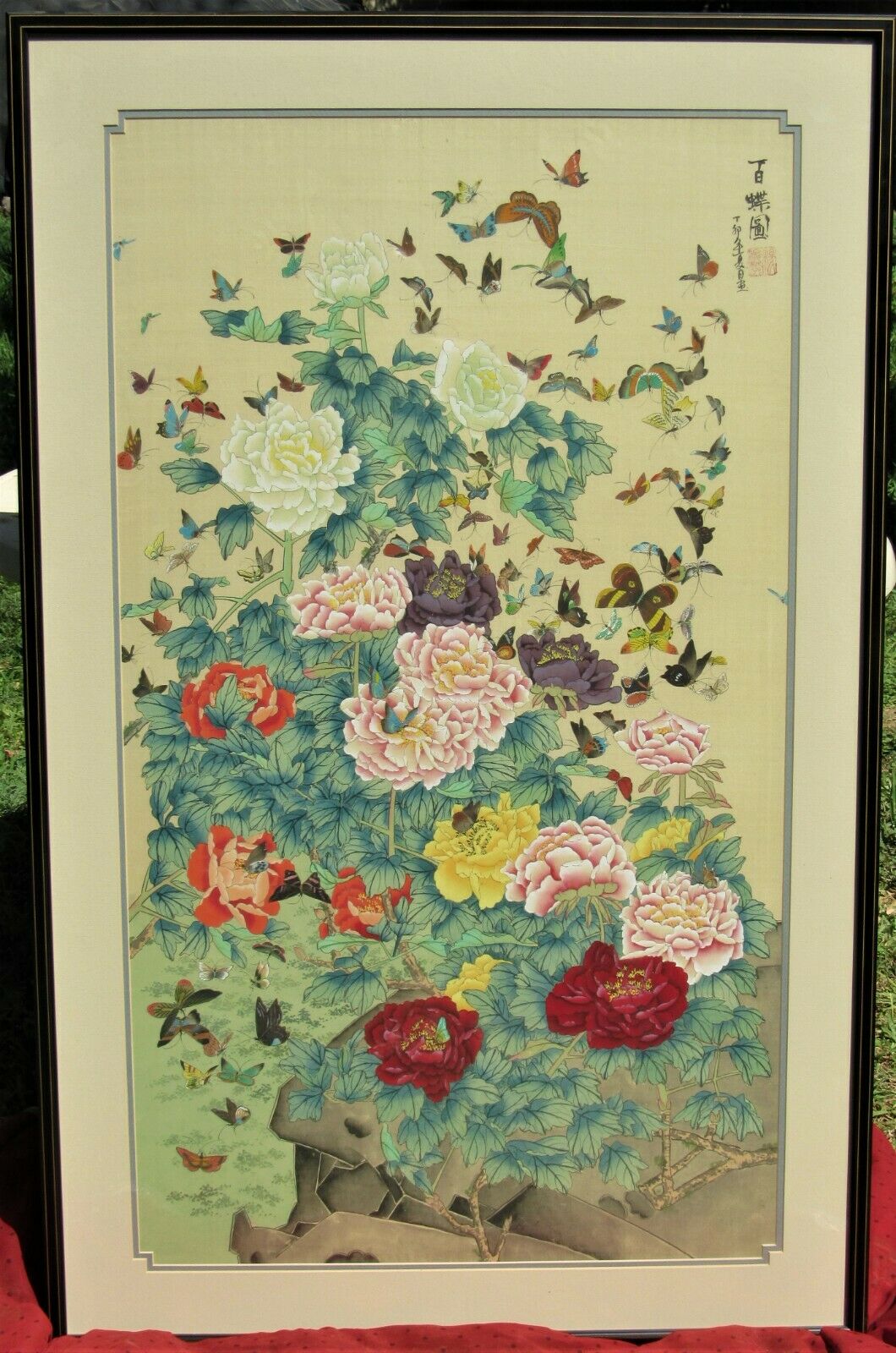-40%
A Hundred Horses by Lang Shi-ning (Giuseppe Castiglio)~ Limited Series of Prints
$ 42.21
- Description
- Size Guide
Description
Rare and collectible set of art prints. 14 pages total with 12 pages of art. Images are printed on heavy quality art paper with beautiful full color reproductions of one of the top Chinese masterpieces. (See detail below.) Each sheet is suitable for framing. Each sheet measures 14.5"x10.25" and is packaged in a limited edition folder.Condition is pre-owned - each sheet is clean, tear, fold and stain free. Folder shows aging inside and wear and tears along the edges. Please see photos to help determine condition.
Originally created in ink and color on silk, the handscroll measures 51.3 x 643.5 cm. (20.2 x 253.3 in.).
"Qing Dynasty (1644–1911). Among the top 10 masterpieces of traditional Chinese painting, there’s a long handscroll called Baijun Tu or One Hundred Horses, which was painted not by a Chinese artist, but by an Italian called Giuseppe Castiglione (1688–1766).
Known by his Chinese name Lang Shining in China, Castiglione served in the Chinese imperial court as a court painter for as long as 50 years.Following the taste and tradition of painting in China, Castiglione was able to forge a new style that combined elements with his Western training in art. His paintings were done with Chinese materials but often incorporate Western techniques of shading and atmospheric perspective. In this long handscroll painting, for example, a hundred horses are shown in a variety of activities. Using perspective to suggest depth and shading for the effect of light, Castiglione has used Chinese materials and Western techniques to impart a sense of realism to this native theme. In addition to the shadows, Castiglione has adapted the traditional texture stroke methods of Chinese painting to give the objects even more substance. The emphasis on washes of color, however, still reveals the focus on native techniques. This painting, done in 1728, represents an early masterpiece in Castiglione’s syncretic style of East and West." - From the China Online Museum.












